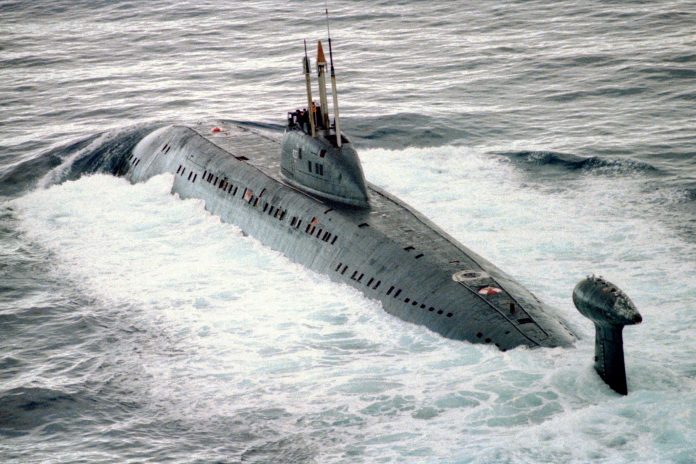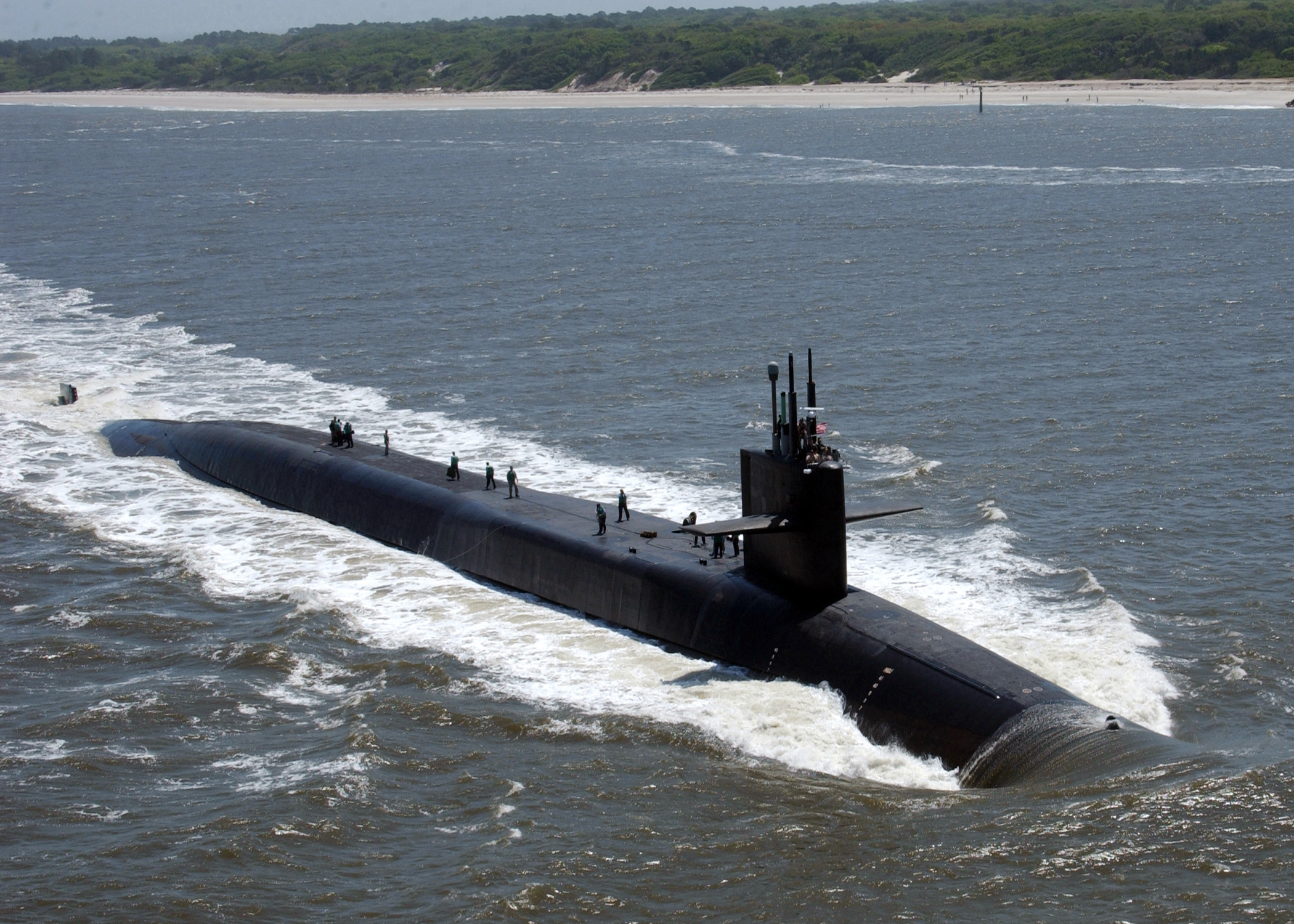
Kings Bay, Ga. (April 11, 2006) Ð The Ohio-class guided missile submarine USS Florida (SSGN 728) makes her way through Cumberland Sound to Naval Submarine Base Kings Bay. Florida will be officially welcomed to her new home in Kings Bay with a return to service ceremony scheduled for May 25, 2006 in Mayport, Fla. Florida is the second of four SSBN submarines to be converted to the guided missile SSGN platform. U.S. Navy photo by Photographer’s Mate 2nd Class Lynn Friant (RELEASED)
The United Kingdom’s Ministry of Defence has recently come under the spotlight for its cautious approach to discussing potential increases in its nuclear-powered submarine fleet.
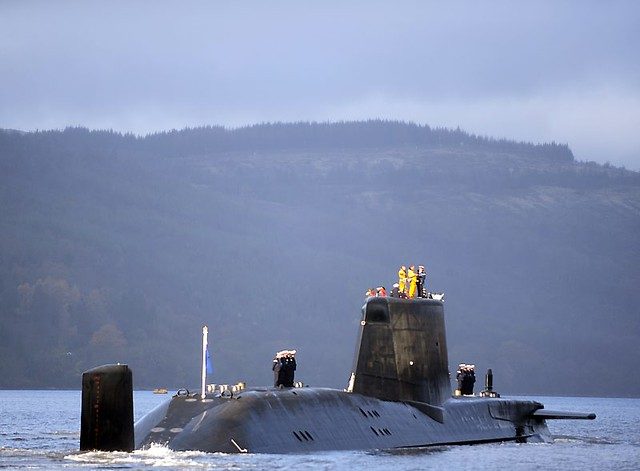
Conservative MP Damien Moore pressed the ministry for details regarding the augmentation of the UK’s underwater defense assets.
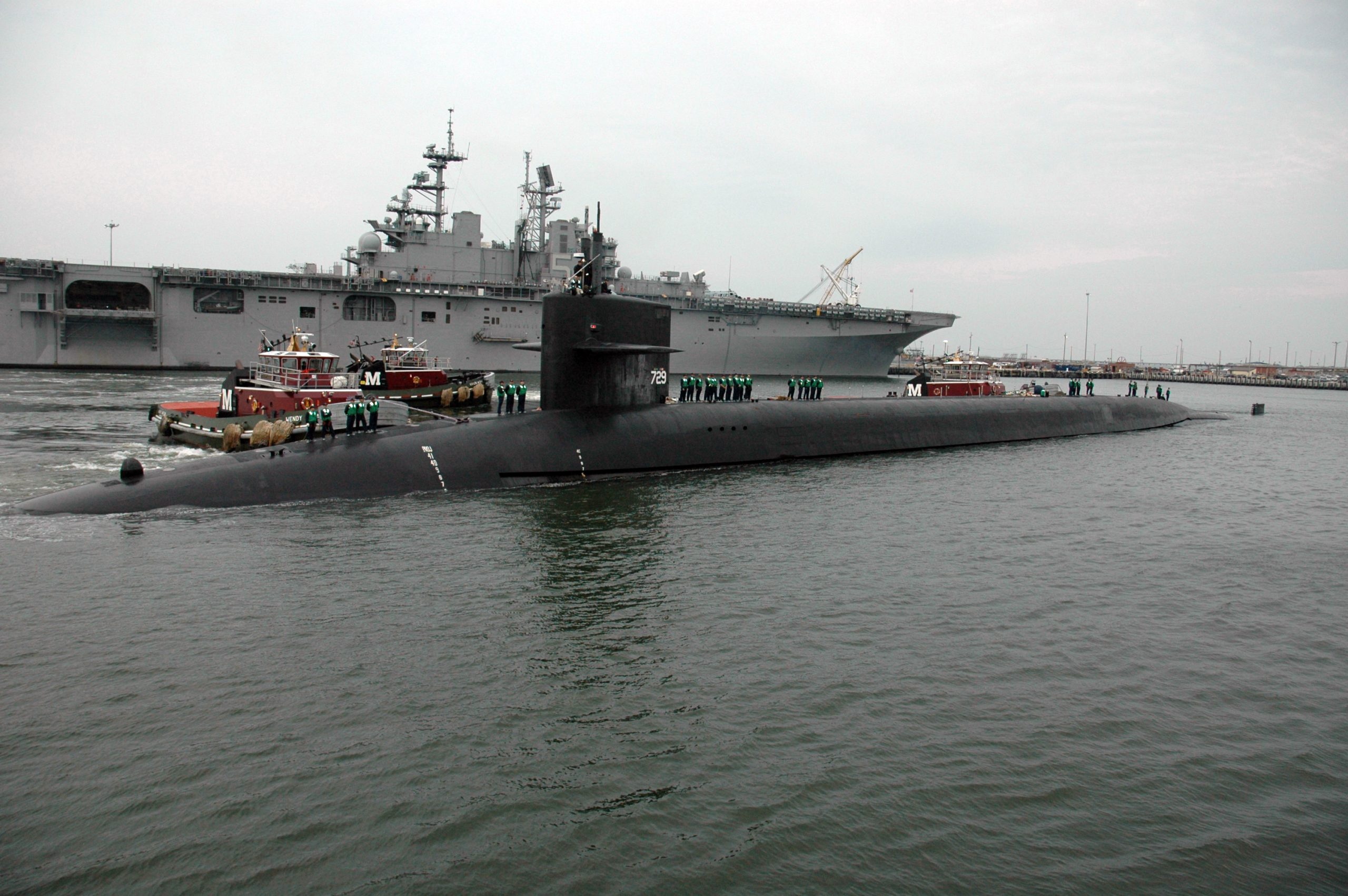
Norfolk, Va. (Nov. 11, 2004) Ð The Ohio-class submarine USS Georgia (SSBN 729) is towed past the amphibious assault ship USS Bataan (LHD 5) as it enter Naval Station Norfolk. Georgia is the fourth Ohio-class ballistic missile submarine to undergo conversion to a guided missile submarine. Once completed in 2009 Georgia will provide joint war fighters transformational strike and special operations forces capabilities. U.S. Navy photo by Journalist 3rd Class Andy Zask (RELEASED)
However, James Cartlidge, Minister of State for the Ministry of Defence, maintained the government’s tight-lipped stance by emphasizing commitment to current submarine build programs without confirming an expansion.

He referenced the Defence Nuclear Enterprise Command Paper, which focuses on upgrading the existing fleet, but shies away from specifying any growth in submarine numbers.
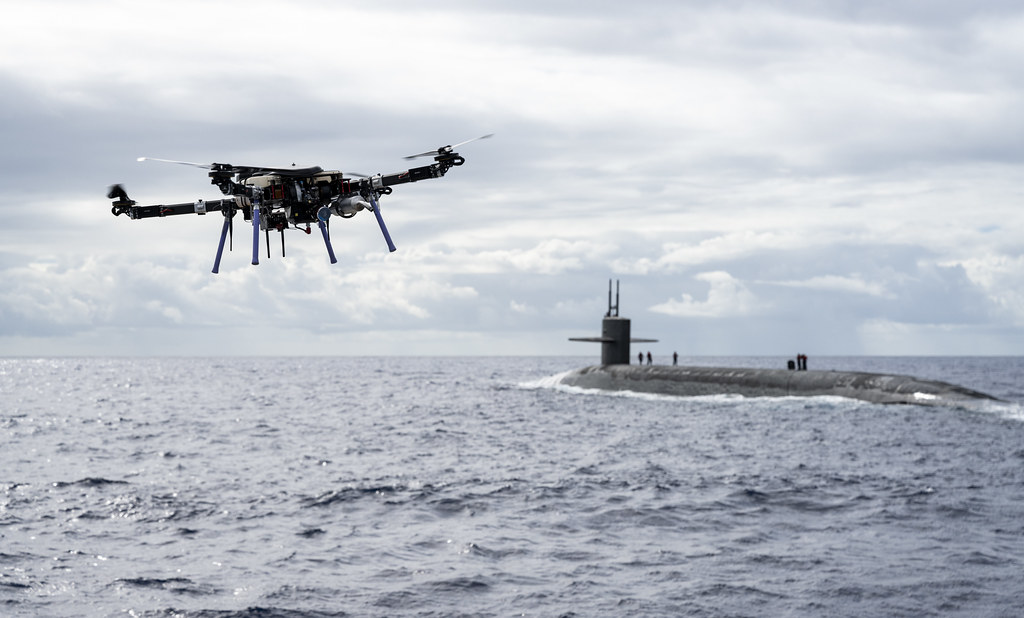
The Ministry of Defence has not expressly mentioned intentions to increase the quantity of nuclear-powered submarines, but it has affirmed its continuous dedication to improving the capabilities of its current fleet.
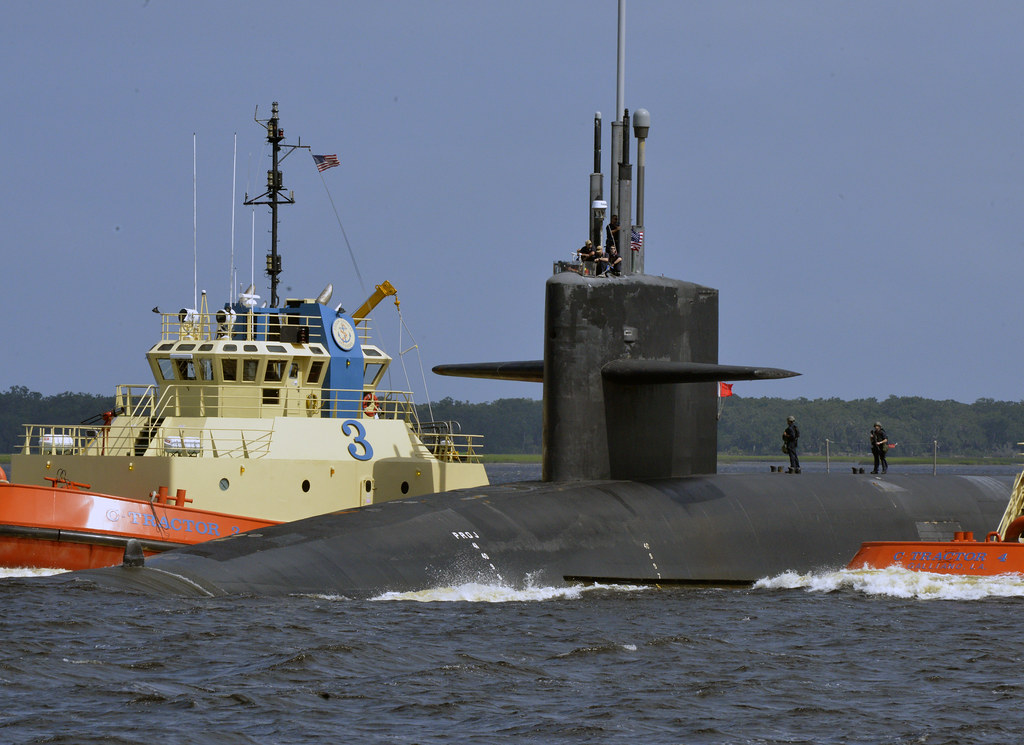
This operational ambiguity raises questions about the UK’s capacity to maintain a robust naval defense posture in an era of evolving maritime threats.

Amidst these challenges, the ambitious AUKUS agreement, which proposes collaboration between Australia, the United Kingdom, and the United States for the development and acquisition of nuclear-powered submarines, adds a layer of complexity.

The Royal Navy’s fleet of four nuclear-powered ballistic missile submarines (SSBNs) and six SSNs has dropped below a critical mass.
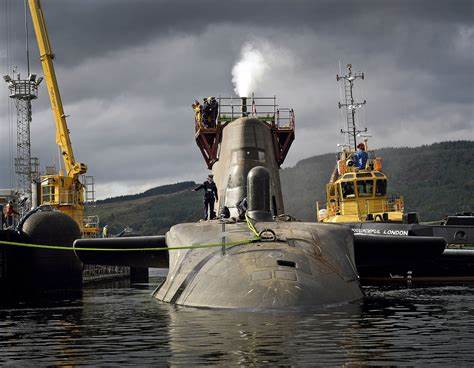
Typically, this fleet would deploy one SSBN along with one to two SSNs. However, recent times have been challenging for the Royal Navy; one SSBN has been in dock for 7 years undergoing reactor refuelling to address a defect. The other three have struggled to sustain uninterrupted deterrent patrols.
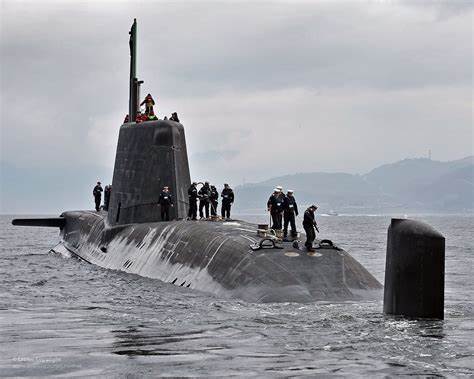
Concerns have been voiced about the viability of the UK’s role in the agreement, given its current difficulties in sustaining its submarine fleet, and the less-than-ideal state of its nuclear deterrent capabilities, which include delays and budget overruns in its Astute-class SSN program.
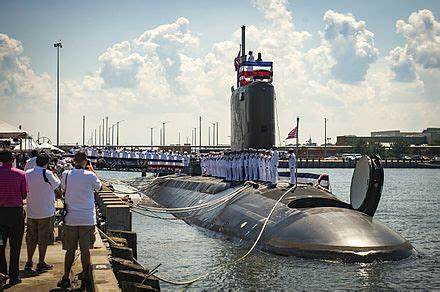
The UK’s priorities should be the recovery of its submarine service,the maintenance of its nuclear deterrentand introduce a new class of ballistic missile submarine. , rather than an ambitious yet risky involvement in the SSN AUKUS project.

This includes the regeneration of critical infrastructure, such as dry docks at Devonport Dockyard, which have not been available for maintenance and have contributed to the lack of sea-going experience necessary for the development of submarine leadership.
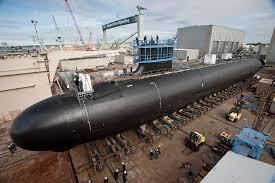
In contrast, the United States, with its more extensive experience in producing Virginia-class submarines, is seen as a more reliable partner for Australia in the context of AUKUS.
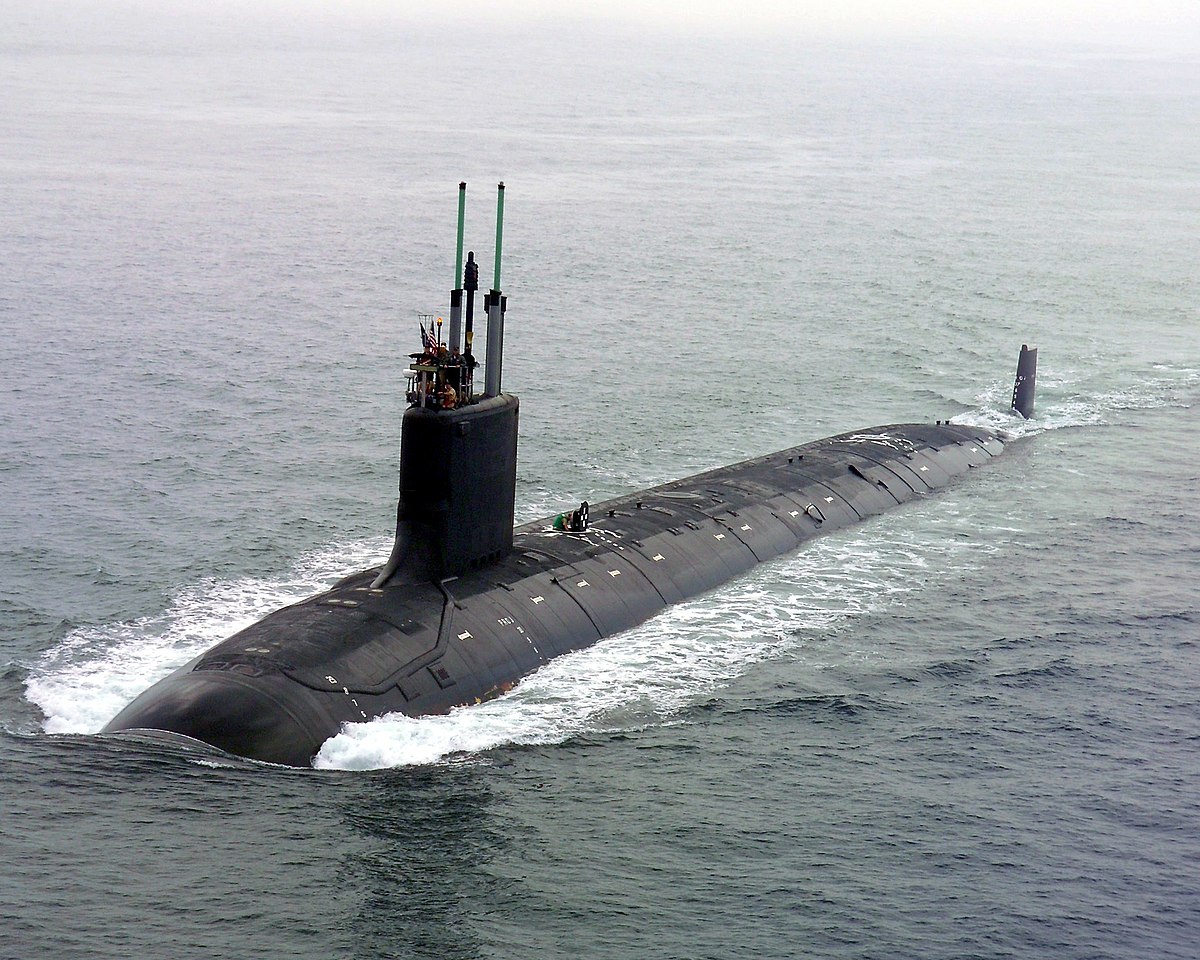
An updated Virginia design, led by American shipbuilder General Dynamics-Electric Boat, is proposed as a less risky and more cost-effective alternative that could be adopted by all three AUKUS partners.
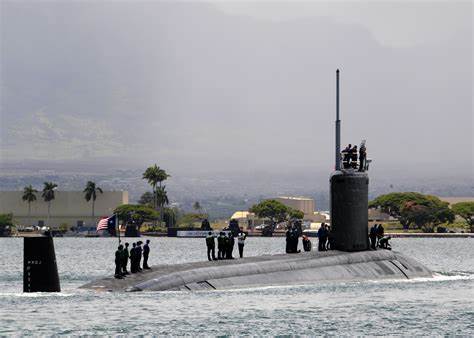
The new design would be simpler and quicker to build, cheaper to own and operate, and require a smaller crew, thus offering a better chance to achieve a critical mass of operational capability in a timely manner.
Relevant articles:
– UK remains tightlipped on if it will increase submarine fleet, UK Defence Journal
– Future of assault ships remains uncertain despite commitment, UK Defence Journal
– AUKUS: A solution to the risky UK gambit, Lowy Institute
– Russia tight-lipped on reports navy commander sunk by Black Sea losses, Al Jazeera
